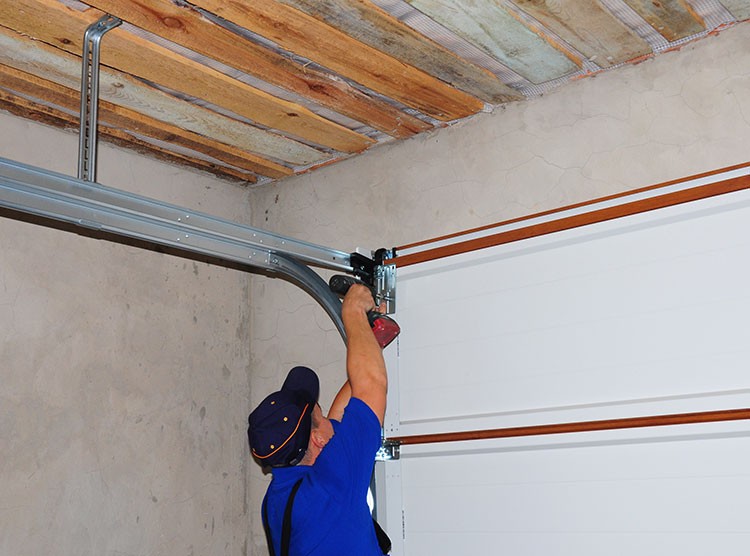
Introduction: Enhancing Refrigerator Efficiency with DIY Coil Cleaning
Your refrigerator plays a crucial role in preserving food freshness, but its efficiency can decline over time. One often overlooked maintenance task is cleaning the refrigerator coils. In this guide, we’ll explore the importance of this DIY chore and provide step-by-step instructions to help you clean refrigerator coils on your own, promoting optimal performance and energy efficiency.
1. Understanding the Role of Refrigerator Coils
Refrigerator coils, located either on the back or underneath the appliance, are responsible for dissipating heat, allowing the refrigeration process to work effectively. Over time, these coils can accumulate dust, dirt, and debris, hindering their ability to release heat efficiently. Cleaning the coils is essential to maintain the refrigerator’s cooling capacity.
2. Why DIY Coil Cleaning Matters
Regularly cleaning refrigerator coils offers multiple benefits. Firstly, it helps the appliance operate more efficiently, reducing energy consumption and potentially lowering your electricity bills. Secondly, efficient coils contribute to a cooler interior, ensuring that your food stays fresher for longer. Lastly, maintaining clean coils prolongs the lifespan of your refrigerator.
3. Identifying the Location of Your Refrigerator Coils
Before you start cleaning, determine the location of your refrigerator coils. For most refrigerators, coils are either on the back, accessible by moving the appliance away from the wall, or underneath, behind a kick plate. Consult your refrigerator’s manual if you’re unsure or check the manufacturer’s website for specific instructions.
4. Preparing the Refrigerator for Cleaning
Before diving into the cleaning process, ensure the refrigerator is unplugged to prioritize safety. If the coils are at the back, carefully move the refrigerator away from the wall, giving you easy access. If they are underneath, remove the kick plate. Prepare a vacuum cleaner with a narrow nozzle attachment to effectively remove dust and debris.
5. Vacuuming the Coils and Surrounding Area
Use the vacuum cleaner to carefully remove accumulated dust and debris from the coils and the surrounding area. Pay attention to corners and crevices where dirt may hide. This step is crucial in preventing the debris from re-entering the coils after cleaning.
6. Using a Coil Cleaning Brush for Precision
For a more detailed cleaning, consider using a coil cleaning brush. This specialized brush is designed to reach into the tight spaces between coils, ensuring a thorough cleaning. Gently brush away any remaining dust or dirt, taking care not to damage the coils or other components.
7. Wiping Down Coils with a Damp Cloth
After vacuuming and brushing, dampen a cloth with warm, soapy water and carefully wipe down the coils. This step helps remove any remaining residue and ensures the coils are clean and free from grime. Allow the coils to dry completely before reconnecting the refrigerator.
8. Reconnecting and Testing the Refrigerator
Once the coils are dry, move the refrigerator back to its original position, or reattach the kick plate if applicable. Plug the refrigerator back in and wait for it to reach its optimal temperature. Monitor the appliance for any unusual sounds or issues, ensuring that the cleaning process hasn’t affected its performance negatively.
9. Establishing a Cleaning Routine
To maintain refrigerator efficiency, incorporate coil cleaning into your regular home maintenance routine. Aim to clean the coils at least twice a year or more frequently if you have pets or live in a dusty environment. This proactive approach ensures consistent performance and energy savings.
10. The Rewards of DIY Refrigerator Coil Cleaning
Cleaning your refrigerator coils on your own may seem like a small task, but its impact on your appliance’s efficiency and longevity is significant. By investing a bit of time in this DIY maintenance, you contribute to lower energy consumption, reduced costs, and a more reliable refrigerator. For more household tips and DIY guides, visit mimimises.org.
Conclusion: A Fresher, More Efficient Refrigerator
Taking the initiative to clean refrigerator coils on your own is a simple yet impactful way to enhance the efficiency of this essential appliance. With regular maintenance, you not only ensure optimal cooling and freshness but also contribute to energy savings and a longer lifespan for your refrigerator. Embrace the DIY spirit, and enjoy the rewards of a well-maintained and efficient kitchen appliance.

















